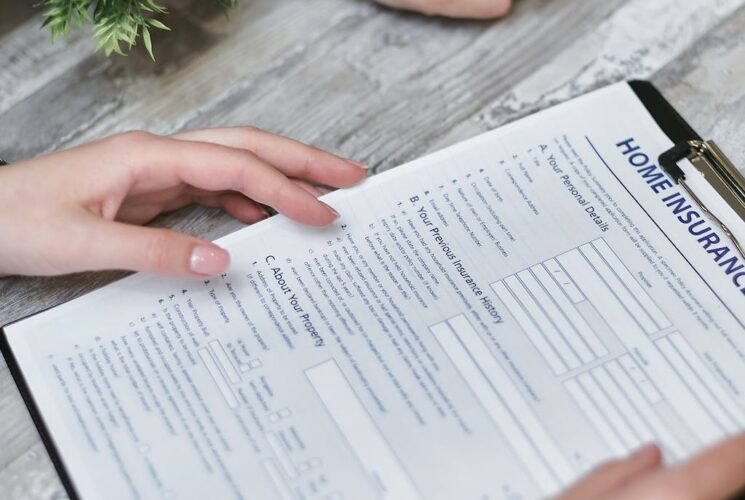
Purchasing a home is a significant milestone, and one must protect it with the right insurance coverage. Navigating the insurance market can be overwhelming for first-time home insurance buyers. This blog post will provide essential advice to help you select the right home insurance policy.
From understanding coverage options to determining adequate coverage limits and exploring policy factors, this guide will equip you with the knowledge needed to safeguard your new investment. Read on to learn more.
Evaluate your property’s value, location, and potential risks to determine your required coverage. Consider property size, construction materials, proximity to natural hazards, and personal belongings to tailor your policy accordingly.
Familiarize yourself with the different coverage types available, such as dwelling coverage, personal property coverage, liability coverage, and additional living expenses coverage. Understanding these components can help you select the right blend of coverage to protect your home and assets.
Accurately estimate the value of your property and belongings to establish appropriate coverage limits. Consider any unique features or valuable possessions that may require additional coverage. Avoid underinsuring your home by opting for coverage limits that adequately reflect the replacement or repair costs in case of a covered loss.
Research insurance providers to find reputable companies with a strong financial standing and excellent customer service. Read reviews, compare quotes, and evaluate their claims handling process to ensure a reliable and efficient experience in times of need.
Review the policy exclusions and limitations to understand the situations or events that may not be covered. Common exclusions may include flood damage, earthquakes, or certain high-value items. Consider adding separate policies or endorsements to cover any gaps in protection.
Evaluate different deductible options to find a balance between premiums and out-of-pocket costs. A higher deductible could result in lower premiums but requires you to pay more in the event of a claim. Choose a deductible that aligns with your capabilities and risk tolerance.
Inquire about available discounts to reduce your premium costs. Common discounts include:
– Bundling home and auto insurance.
– Installing security systems.
– Being a member of certain professional organizations.
Take advantage of these opportunities to maximize savings without compromising coverage.
© InsiderScoop